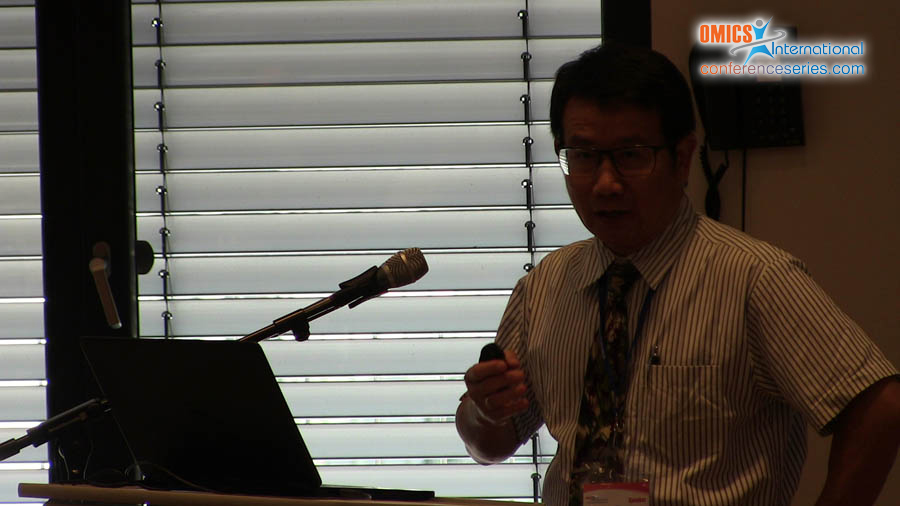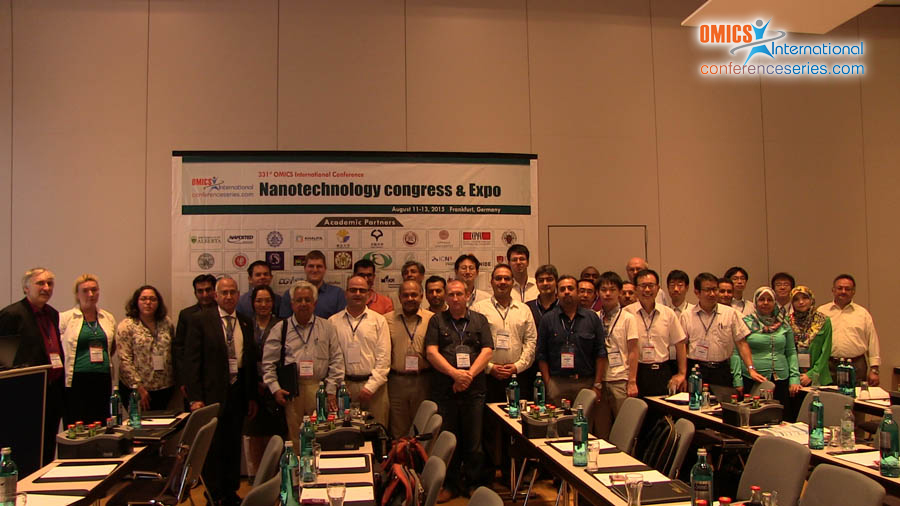
Ching-Fuh Lin
National Taiwan University, Taiwan
Title: Rare-earth-element free luminescent materials for warm white LEDs
Biography
Biography: Ching-Fuh Lin
Abstract
White light-emitting diodes (WLEDs) have gained considerable attention owing to its great potential in energy saving. Nevertheless, current available methods for WLEDs are mostly based on environmentally hostile and expensive rare-earth-element (REE) doped phosphors. REE mining, refining and disposal would cause a tremendous harm to the environment. Therefore, we explore environmental benign fluorescence materials for warm-WLEDs. We integrate ZnO and ZnS:Mn semiconductor nanoparticles with polymeric material poly(9,9-di-n- hexylfluorenyl-2,7-diyl). The resultant nanocomposites can be endowed with three different photon-emitting mechanisms corresponding to blue, green and orange emissions, respectively. Consequently, white light can be generated from the nanocomposites upon UV-LED excitations and exhibits widely tunable color temperatures, ranging from 2100 K to above 6000 K. The light emission from the nanocomposites can have very low color temperature, similar to candle light, which is good for human health. A warm-white light emission with 90% high quantum efficiency has been demonstrated under the commercial UV-LED excitation. We also successfully develop an innovative II-VI nanoparticles without quantum-confinement effect to emit fluorescence light under 450 nm-LED excitation. Because the photo-physical behavior is not restricted by quantum confinement, the nanoparticles can exhibit a strong absorption at 453 nm, which well matches the wavelength of commercial blue-LEDs (450-460 nm). Also, the ZnSe:Mn nanoparticles can efficiently convert blue light (440-460 nm ) to orange light (580 nm). The proposed REE-free nanotechnology-based materials not only achieve the eco-friendly purpose, but also provide a promising solution to conquer the health issues involved in current blue-YAG-LED lighting.



